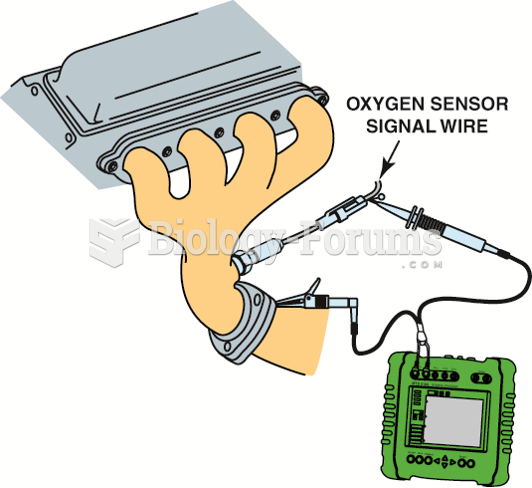|
|
|
Did you know?
In the United States, congenital cytomegalovirus causes one child to become disabled almost every hour. CMV is the leading preventable viral cause of development disability in newborns. These disabilities include hearing or vision loss, and cerebral palsy.
Did you know?
Most childhood vaccines are 90–99% effective in preventing disease. Side effects are rarely serious.
Did you know?
The average adult has about 21 square feet of skin.
Did you know?
Individuals are never “cured” of addictions. Instead, they learn how to manage their disease to lead healthy, balanced lives.
Did you know?
Green tea is able to stop the scent of garlic or onion from causing bad breath.
 The absorption of light energy by pigment molecules in the light-harvesting complex, and the path th
The absorption of light energy by pigment molecules in the light-harvesting complex, and the path th
 Chimpanzees in nearby Mahale National Park practice a different grooming style: they clasp hands whi
Chimpanzees in nearby Mahale National Park practice a different grooming style: they clasp hands whi





